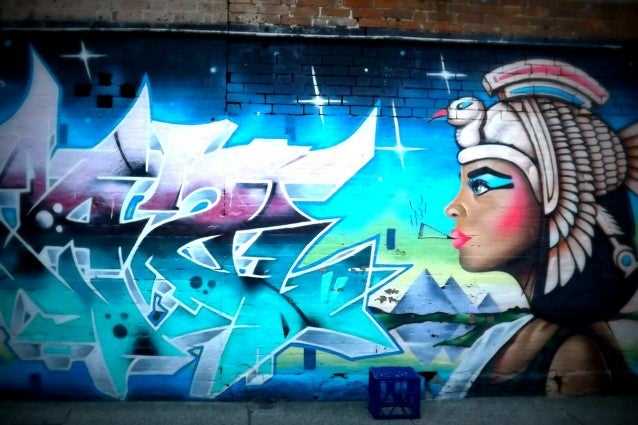
Street art and graffiti have become an integral part of urban culture, transforming the concrete jungle into a vibrant canvas that tells stories, challenges norms, and captures the imagination. Bold colors, intricate designs, and thought-provoking messages are just a few of the elements that make street art so captivating.
Unlike traditional forms of art, street art is created in public spaces, often without permission, which adds an element of rebellion and spontaneity to its allure. It challenges the notion of ownership and blurs the line between art and vandalism. Artists brave the dark of the night, armed with spray cans and stencils, to leave their mark on the city walls.
What makes street art truly fascinating is its ability to engage with the viewer on an emotional level. Murals depicting social issues, political statements, or personal stories evoke strong reactions and encourage conversations. They give a voice to the marginalized, raise awareness about important topics, and inspire change. Through the medium of graffiti, artists create a visual dialogue with the city and its inhabitants.
Section 1: Urban Art: A Historical Perspective
Urban art, in the form of street art and graffiti, has a long and rich history. Dating back to ancient civilizations, humans have been using street surfaces as canvases for self-expression for thousands of years. From the cave paintings of prehistoric times to the political messages scrawled across city walls, urban art has always been a reflection of society and its current issues.
In ancient Rome, for example, citizens would write political messages on the city walls to express their discontent with the ruling class. These early forms of graffiti served as a means of protest and communication for the common people. Similarly, in ancient Egypt, hieroglyphics were used to convey important messages and document historical events.
Fast forward to the 20th century, and urban art took on a new meaning with the rise of street art. In the 1960s and 1970s, graffiti became a tool for marginalized communities, particularly in New York City, to claim their space and make their voices heard. The graffiti movement grew alongside the hip hop culture, and artists such as Jean-Michel Basquiat and Keith Haring gained recognition for their bold and political works.
Today, urban art has evolved into a global phenomenon, with artists from all over the world using the streets as their gallery. In cities like Berlin, London, and São Paulo, street art has become an integral part of the cultural landscape, adding vibrancy and creativity to otherwise grayscale cityscapes. And with the advent of social media, urban art has reached an even larger audience, spreading messages and sparking conversations on a global scale.
Section 2: Street Art vs. Graffiti: Drawing the Line
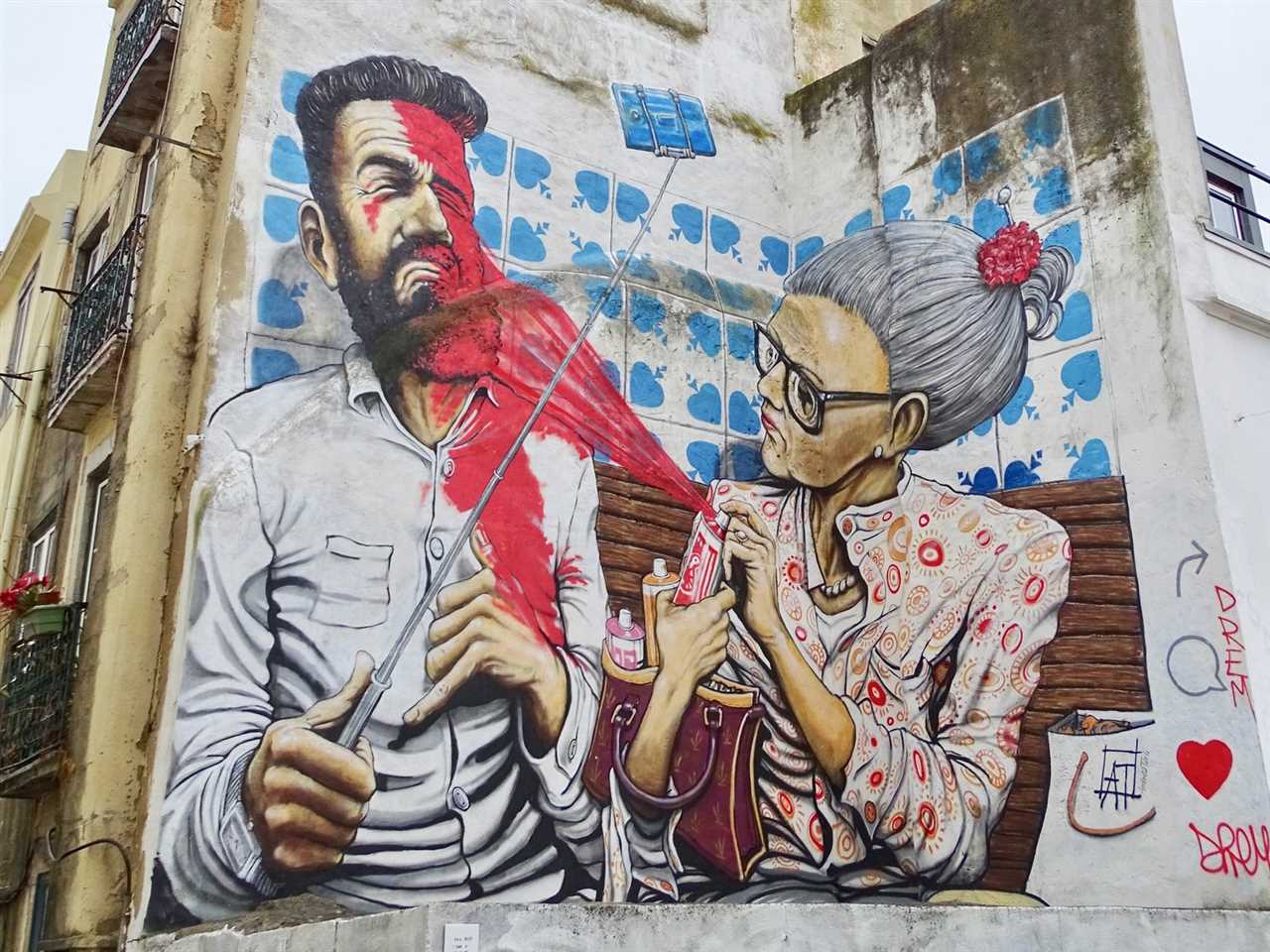
When exploring the world of urban colors, it’s essential to understand the distinction between street art and graffiti. While the two forms may seem similar at first glance, there are distinct differences that separate them.
Graffiti, on the other hand, is typically unauthorized and considered a form of vandalism by many. It often involves the use of unauthorized markings, such as tags or signatures, on public or private property. Graffiti is often done quickly and covertly, allowing the artist to leave their mark without getting caught. While some graffiti may be artistic in nature, it is often associated with illegal activities and gang culture.
One of the main differences between street art and graffiti is the intent behind the art. Street art is often created with the intention of beautifying the urban environment and engaging the community, while graffiti is generally seen as a form of self-expression or rebellion. Street art is often celebrated and embraced by the community, while graffiti is often seen as a nuisance and is frequently removed or painted over.
In some cases, the line between street art and graffiti can be blurry. Some graffiti artists may create pieces that are highly artistic and thought-provoking, blurring the line between vandalism and art. Additionally, street artists may create works that have a graffiti-like aesthetic, challenging the traditional notions of street art. These blurred lines have sparked ongoing debates about what constitutes art and what should be considered vandalism.
Ultimately, the distinction between street art and graffiti lies in the intent behind the art and the community’s response to it. While both forms of urban colors can be visually stunning and thought-provoking, street art is often celebrated for its positive impact, while graffiti is often frowned upon for its illegal and destructive nature.
Section 3: Unconventional Canvas: The Walls of the City
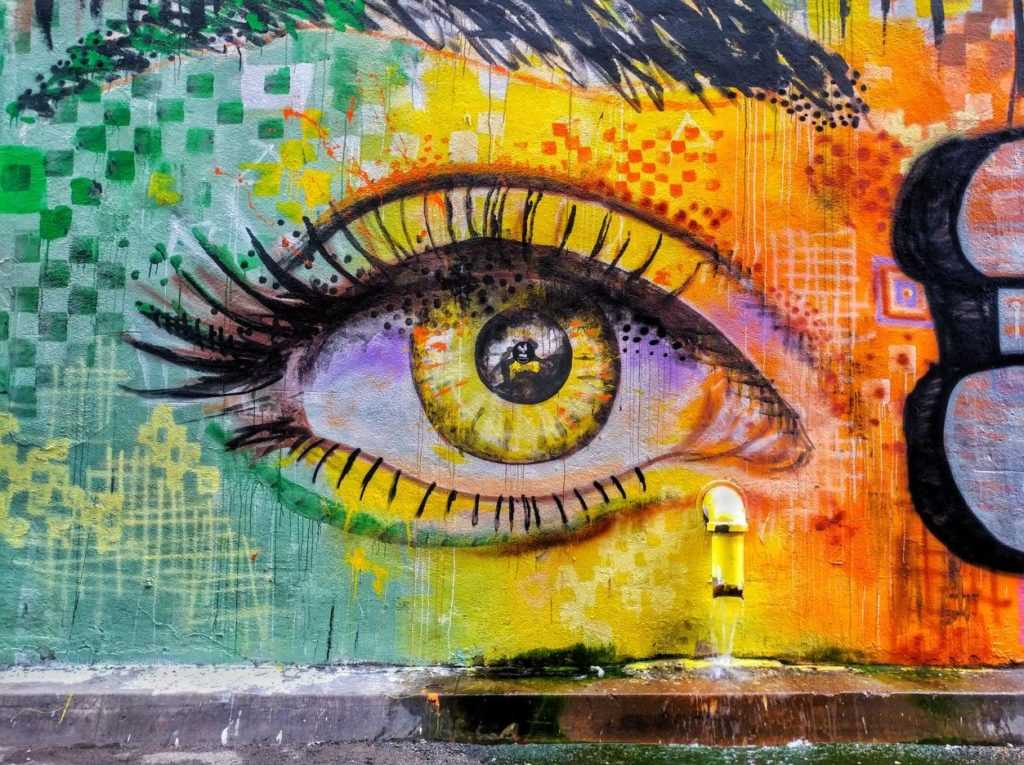
The walls of the city provide a blank canvas for artists to express their creativity and make a statement. From towering murals to smaller tags and stencils, the walls become a gallery showcasing the artistic voices of the community.
What makes this art form so unique is its transient nature. The city is constantly evolving, and so too is its street art. Pieces may be painted over, destroyed, or simply fade away over time. This impermanence gives each piece a sense of urgency and importance, urging viewers to appreciate the art while it lasts.
Street art and graffiti often challenge societal norms and provoke thought and discussion. Artists use their work to advocate for social and political causes, tackle issues of inequality and injustice, or simply bring beauty to neglected spaces. These messages are boldly and unapologetically displayed for all to see.
However, not all street art is political or subversive. Some pieces are purely aesthetic, adding color and vibrancy to the urban landscape. These works brighten up alleyways, side streets, and abandoned buildings, transforming otherwise overlooked spaces into destinations for art lovers.
The walls of the city are not just a backdrop for street art and graffiti; they become an integral part of the artwork itself. The texture and condition of the wall can influence the style and expression of the artist. Crumbling, weathered walls may inspire a sense of grit and decay, while smooth surfaces offer a blank canvas for bold and graphic designs.
Section 4: Masterpieces in Spray: Techniques of Graffiti Artists
| Technique | Description |
|---|---|
| Stenciling | Stencil graffiti is a technique where artists create a stencil of their design, usually using a stiff material like cardboard or plastic. They then place the stencil against a surface and spray paint over it to create a crisp and precise image. Stencils allow artists to quickly reproduce their designs and maintain consistency across multiple pieces. |
| Freehand spraying | Freehand spraying is a technique where artists directly spray paint onto a surface without the use of stencils or guides. This technique requires a high level of skill and control as artists create intricate designs and characters solely by manipulating the spray can. Freehand spraying allows for a more spontaneous and fluid style of graffiti art. |
| Throw-ups | Throw-ups are a quick and simple form of graffiti where artists rapidly spray their signature or tag using large bubble letters. This technique is often used for quick tagging and marking territory, as it can be done swiftly. Throw-ups are characterized by their bold and simplistic style, using thick outlines and minimal color variation. |
| Wildstyle | Wildstyle is a complex and highly stylized form of graffiti that focuses on intricate lettering and abstract shapes. Artists use overlapping letters, arrows, and other abstract elements to create visually dynamic and interconnected compositions. Wildstyle graffiti often requires a deep understanding of letter structure and intricate spray can control. |
| Mural painting | Mural painting is a technique where artists create large-scale and detailed graffiti pieces on walls or other expansive surfaces. Mural artists often use a combination of stenciling, freehand spraying, and other techniques to create their intricate and visually captivating artworks. Mural graffiti is often found in urban neighborhoods and serves as a way to beautify public spaces. |
These are just a few of the various techniques used by graffiti artists to create their eye-catching and thought-provoking artworks. Whether it’s stenciling, freehand spraying, throw-ups, wildstyle, or mural painting, graffiti art continues to evolve and push boundaries, transforming cityscapes into vibrant galleries of urban expression.
Section 5: The Language of the Street: Decoding Graffiti Tags
Graffiti tags are unique signatures left by individual street artists and often serve as a form of identity for these artists within the graffiti community. While tags may appear to be a random combination of letters or symbols, they are actually carefully designed and express the artist’s personal style and aesthetic.
Decoding graffiti tags can be a challenging but intriguing task. Each artist has their own distinctive tag, consisting of letters, numbers, or symbols, which they use to sign their work. Tags are typically created using unique lettering styles, often characterized by exaggerated proportions, decorative elements, and intricate designs.
Understanding the language of graffiti tags involves learning about the different lettering styles, techniques, and meanings behind them. Some tags may be based on traditional forms of graffiti lettering, such as bubble letters or wildstyle, while others may be influenced by calligraphy, typography, or even the artist’s own invented style.
Tags may also contain hidden meanings or personal messages. Some artists use their tags as a way to communicate their thoughts, feelings, or political statements. They may incorporate symbols or imagery that represent their cultural background, social issues, or personal experiences.
To decode graffiti tags, one must pay attention to the overall composition, structure, and aesthetic qualities of the tag. Analyzing the letterforms, line weights, color choices, and any accompanying symbols or illustrations can provide clues to the artist’s intention and message.
Decoding graffiti tags requires a deep understanding and appreciation for the art form. It involves studying the work of different artists, exploring their backgrounds, influences, and styles. By deciphering the language of graffiti tags, we can gain a deeper insight into the urban art scene and better appreciate the unique voices and expressions of these street artists.
Section 6: Art in Motion: The Evolution of Street Artwork
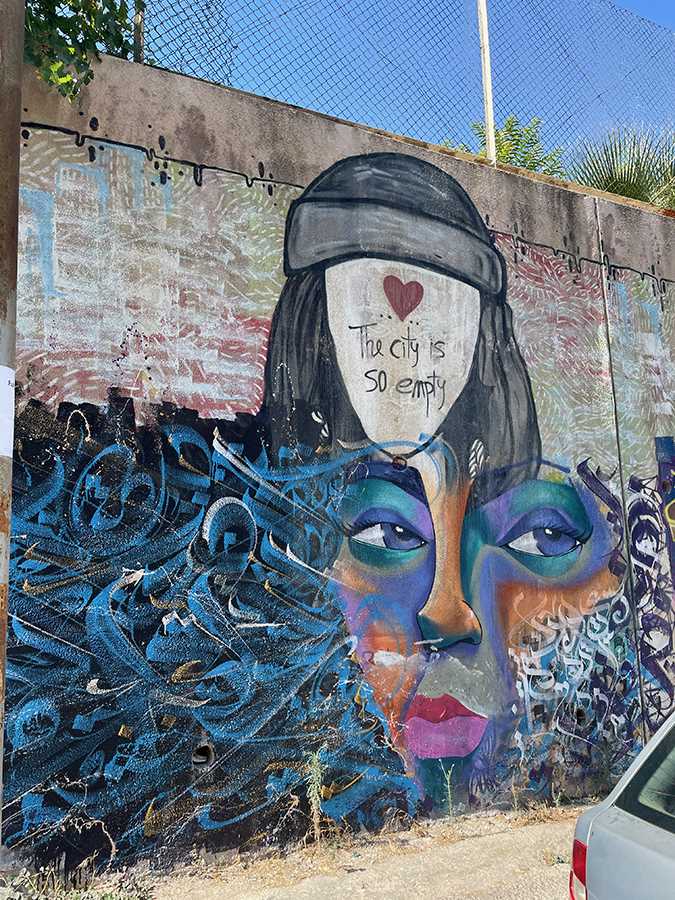
Street artwork is constantly evolving and adapting to the changing urban landscape. What was once considered vandalism is now being recognized as a form of artistic expression.
The evolution of street artwork can be seen through various techniques and styles that artists employ. From traditional graffiti lettering to stencils and wheatpasting, street artists are continuously pushing the boundaries of their creativity.
One notable trend in the evolution of street artwork is the use of vibrant colors and intricate details. Artists are no longer limited to using basic spray paints; they now experiment with different mediums, such as acrylics and markers, to create eye-catching pieces.
Another aspect of the evolution of street artwork is its incorporation of different elements and themes. Artists are not afraid to explore social, political, and environmental issues through their art. They use their creativity to make statements and raise awareness about pressing topics in society.
Furthermore, the rise of technology has also influenced the evolution of street artwork. Artists now utilize digital tools and techniques to create stunning murals and installations. They combine traditional graffiti techniques with digital art to produce unique and captivating pieces.
The evolution of street artwork has also led to a shift in public perception. Many cities now embrace street art as a way to beautify urban spaces and engage with their communities. Galleries and museums are starting to exhibit street art, recognizing its cultural and artistic value.
Section 7: Cultural Impact: Street Art in Urban Communities

Street art and graffiti have become an integral part of urban communities around the world. These art forms have a profound cultural impact, leaving a lasting impression on both the physical landscape and the people who inhabit these urban environments.
Preserving Local History and Identity
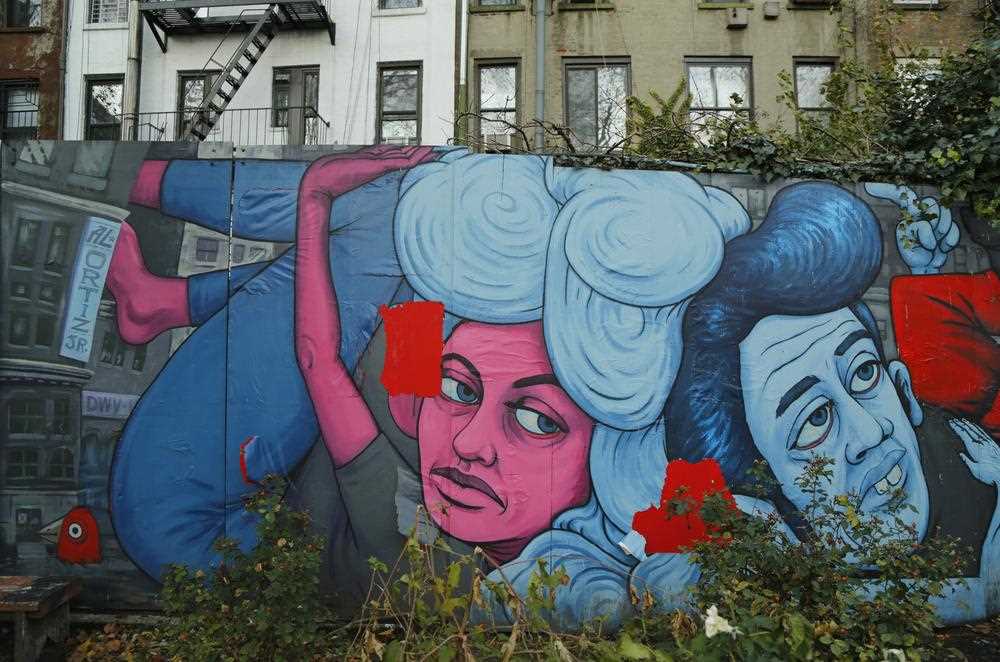
One of the significant cultural impacts of street art is its ability to preserve local history and identity. Many street art pieces depict significant historical events, local landmarks, or iconic figures that hold importance to the community. By doing so, street art serves as a visual representation of the collective memory and cultural heritage of urban communities.
A Platform for Social and Political Expression
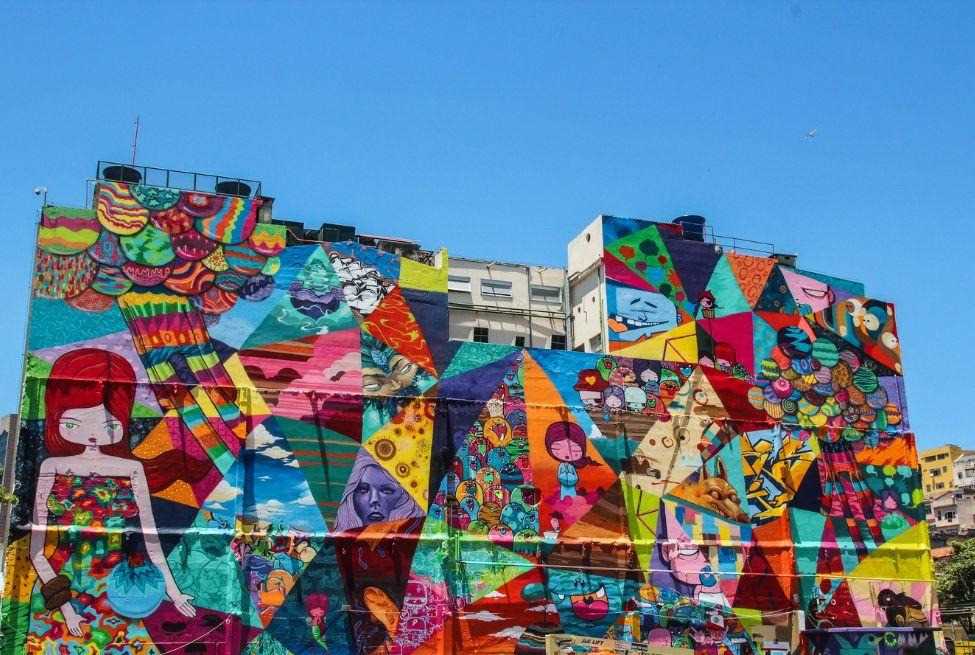
Street art also plays a crucial role in providing a platform for social and political expression. Artists use their work to voice their opinions on various issues, such as inequality, racism, and environmental crises. These artworks act as powerful symbols and catalysts for discussion, sparking conversations within the community and encouraging people to engage with important social and political topics.
- Street art serves as a medium for marginalized communities to reclaim public spaces and share their stories.
- It challenges the traditional notions of art galleries and museums by bringing art directly to the streets.
- Street art often provokes thought and encourages people to question the status quo.
Moreover, street art can be seen as a form of resistance against gentrification and urban development that often displaces low-income residents. These art forms enable communities to assert their presence and assert their rights in spaces that might otherwise be dominated by commercial interests.
Section 8: Beyond Vandalism: The Recognition of Street Art as Artwork
For many years, street art and graffiti were often categorized as vandalism and dismissed as acts of delinquency. However, in recent years, there has been a shift in perception, and street art is finally being recognized as a legitimate form of artistic expression.
The recognition of street art as artwork has come as a result of several factors. Firstly, there is a growing appreciation for the skill and talent that goes into creating these intricate pieces. Street artists often spend hours planning and executing their work, using various techniques and materials to bring their visions to life. The level of detail and creativity displayed in these artworks is on par with many traditional art forms.
In addition to the skill involved, street art also has a powerful impact on its surroundings. These artworks have the ability to transform dull and lifeless spaces into vibrant and engaging environments. They can turn a plain brick wall into a captivating mural, or a neglected alleyway into an immersive art installation. Street art has the power to make a statement and provoke thought, creating a dialogue between the artist and the viewer.
Furthermore, street art has become an important tool for urban rejuvenation and revitalization. Many cities and communities have embraced street art as a way to attract visitors, boost tourism, and inject life into neglected neighborhoods. By commissioning talented artists to create large-scale murals and installations, these cities are embracing the creativity and vibrancy that street art brings.
Overall, the recognition of street art as artwork is a positive development for the art world. It allows for greater diversity and inclusivity in the art scene, breaking down barriers and challenging traditional notions of what is considered “high art”. Street artists are now being given opportunities to showcase their work in galleries, museums, and public spaces, further cementing their status as legitimate artists.
| Pros of Street Art Recognition | Cons of Street Art Recognition |
|---|---|
| Recognition of skill and talent | Potential for commercialization and appropriation |
| Transforms dull spaces into vibrant environments | Risk of gentrification and displacement of local artists |
| Contributes to urban rejuvenation | Potential for increased regulation and censorship |
| Promotes diversity and inclusivity in the art scene | Controversy surrounding legality and property rights |
Section 9: The Global Street Art Movement: A Worldwide Phenomenon

The global street art movement has become a worldwide phenomenon, with artists from different countries and cultures expressing themselves through vibrant and thought-provoking pieces of art in public spaces. This movement has transcended geographical boundaries and has united artists, enthusiasts, and communities across the globe.
The Power of Visual Communication
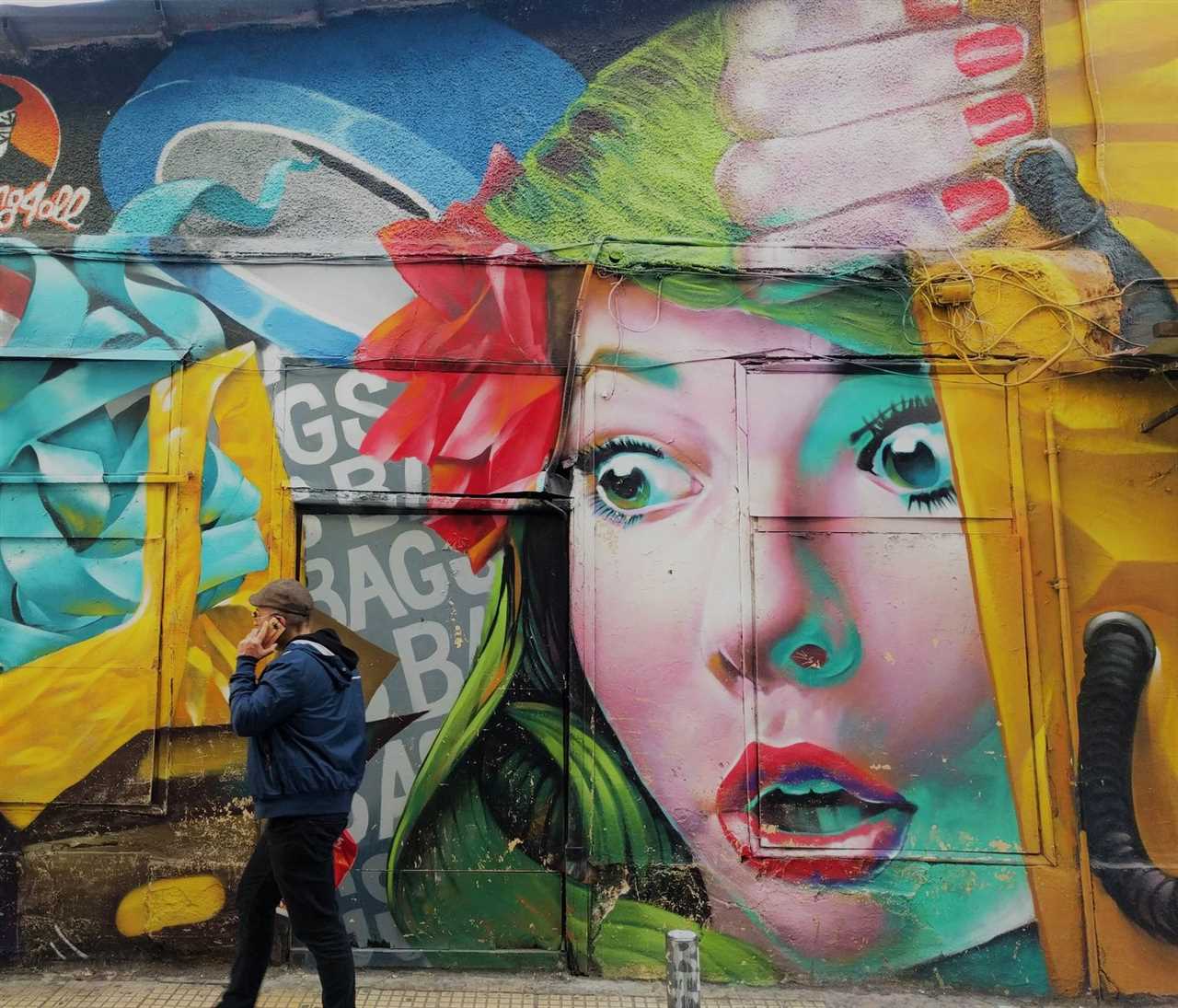
Street art serves as a powerful form of visual communication, allowing artists to convey socially relevant messages, highlight political issues, and challenge societal norms. Through their artwork, street artists create a dialogue with the public, sparking conversations and igniting change.
With the ability to reach a wide audience, street art has the potential to transcend language barriers and connect people from diverse backgrounds. It has the power to unite communities, raise awareness, and give a voice to those who are often marginalized.
A Platform for Cultural Exchange

The global nature of the street art movement has also transformed it into a platform for cultural exchange. Artists from different parts of the world bring their unique perspectives, artistic styles, and cultural influences to the streets, adding richness and diversity to the global street art scene.
When artists travel to different countries to create street art, they not only leave their mark on the walls but also immerse themselves in the local culture. This exchange of ideas and experiences further fuels the growth and evolution of the street art movement.
- From the vibrant murals of Mexico City to the stencil art of Melbourne, Australia, street art has become a universal language that transcends borders and highlights the shared human experience.
- In cities like Berlin, New York, and Sao Paulo, the streets themselves have become open-air galleries, showcasing a diverse range of artistic styles and messages.
- Through festivals and events like the Meeting of Styles and Pow! Wow!, artists from different countries come together to collaborate and create incredible works of art, turning urban spaces into vibrant art destinations.
The global street art movement has undoubtedly had a profound impact on the art world and society as a whole. It continues to challenge conventional notions of art, redefine public spaces, and inspire creativity and self-expression.

I am a mural enthusiast and a fervent admirer of street art. Rather than creating murals myself, I am passionate about collecting them. My love for street art knows no bounds. I am dedicated to curating and cherishing these artworks that grace the streets. My collection stands as a testament to my profound appreciation for this form of artistic expression.
read about me



